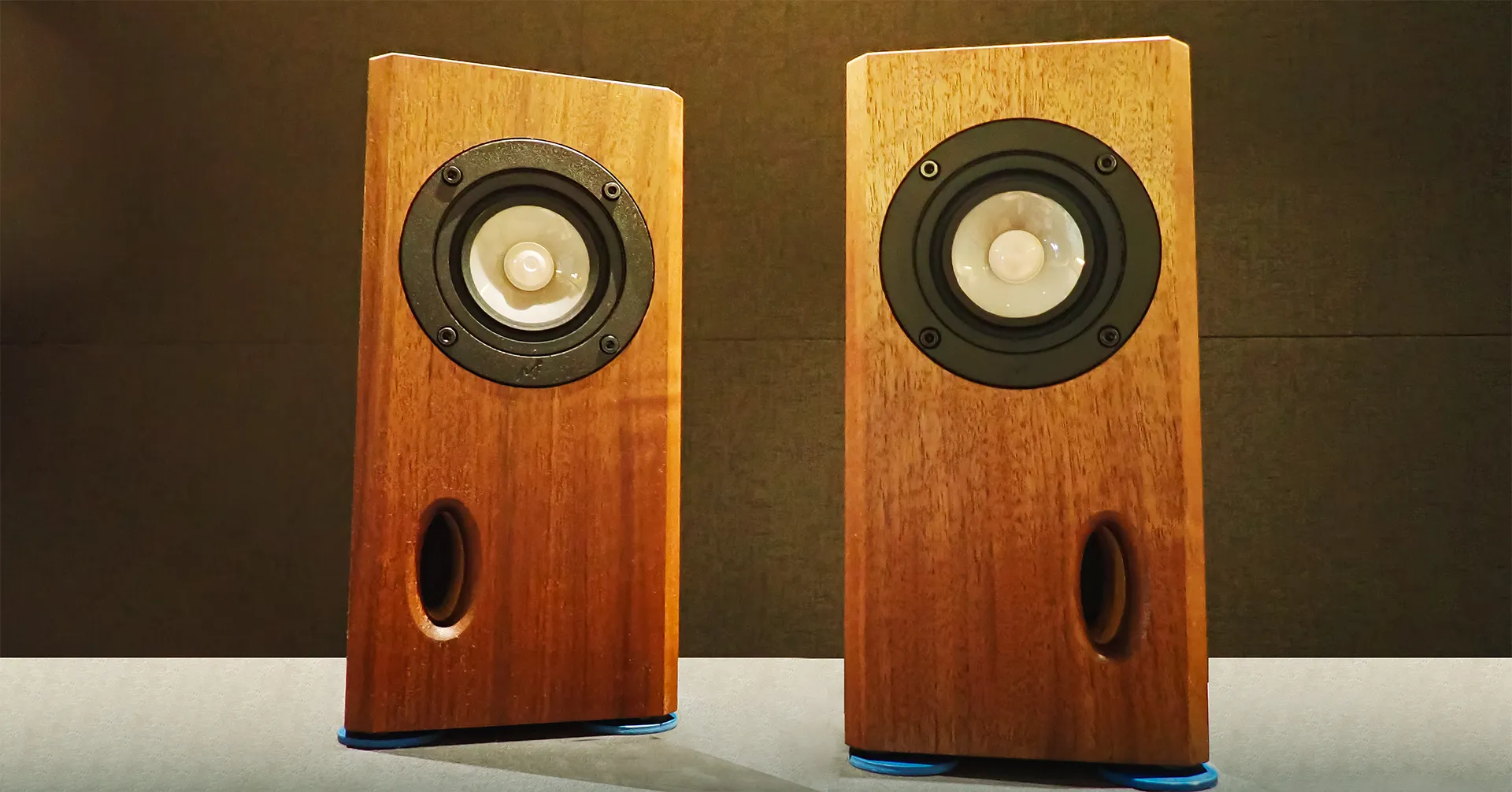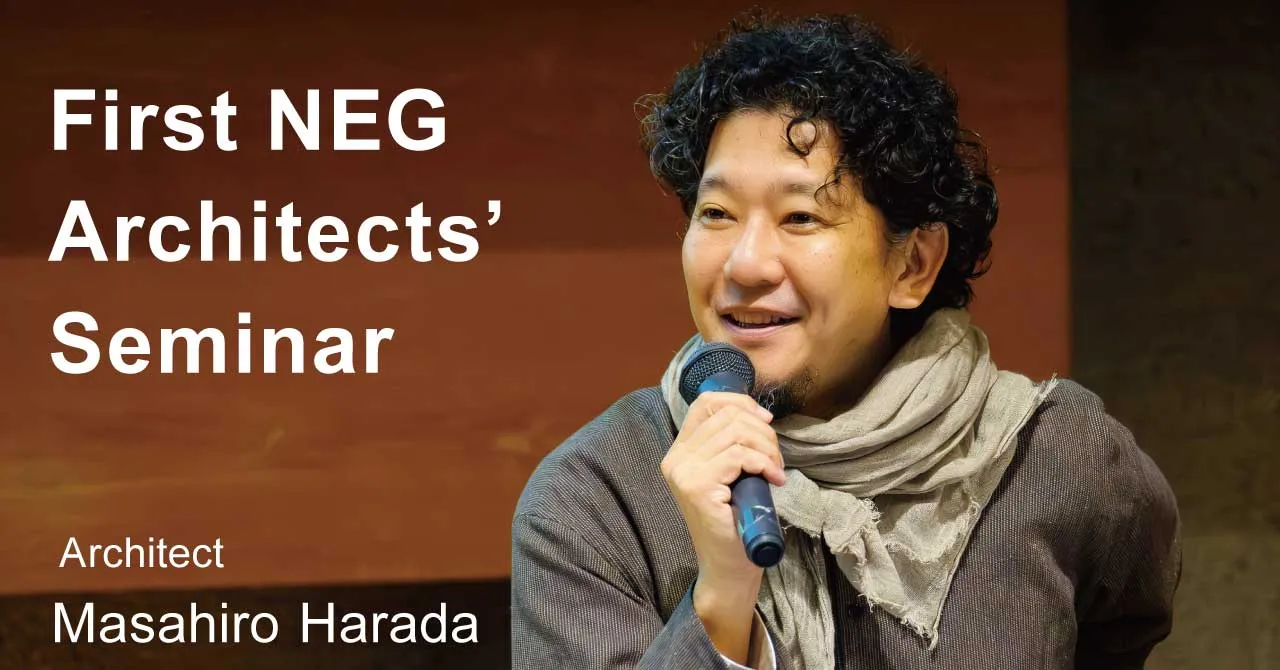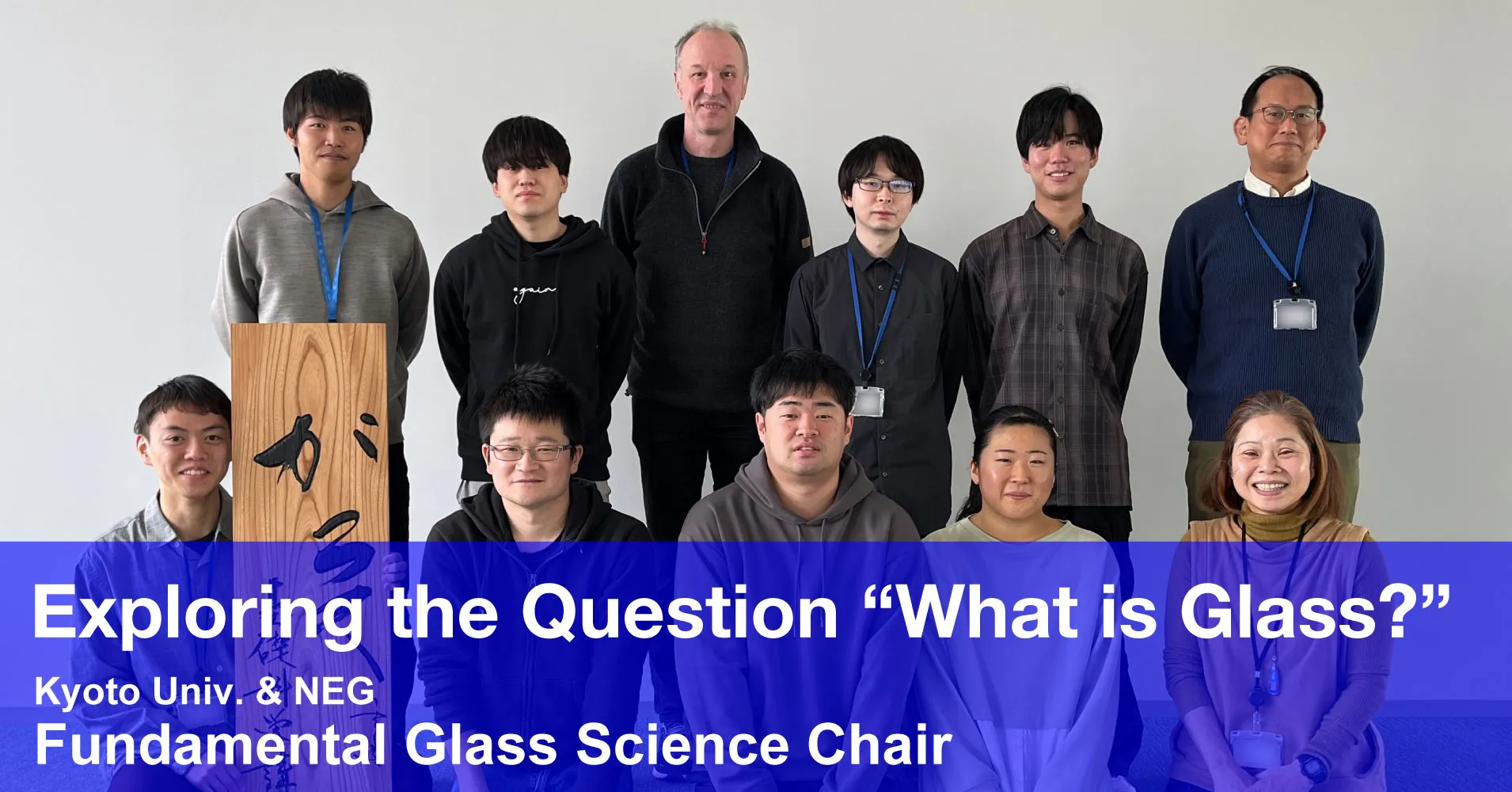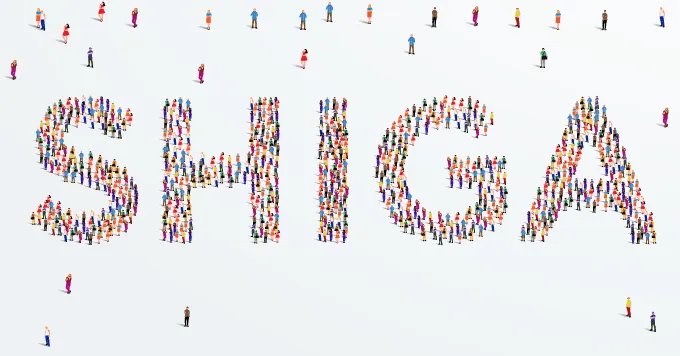Changing Roles of Children’s Cafeterias, Which Now Require Support from Private Companies
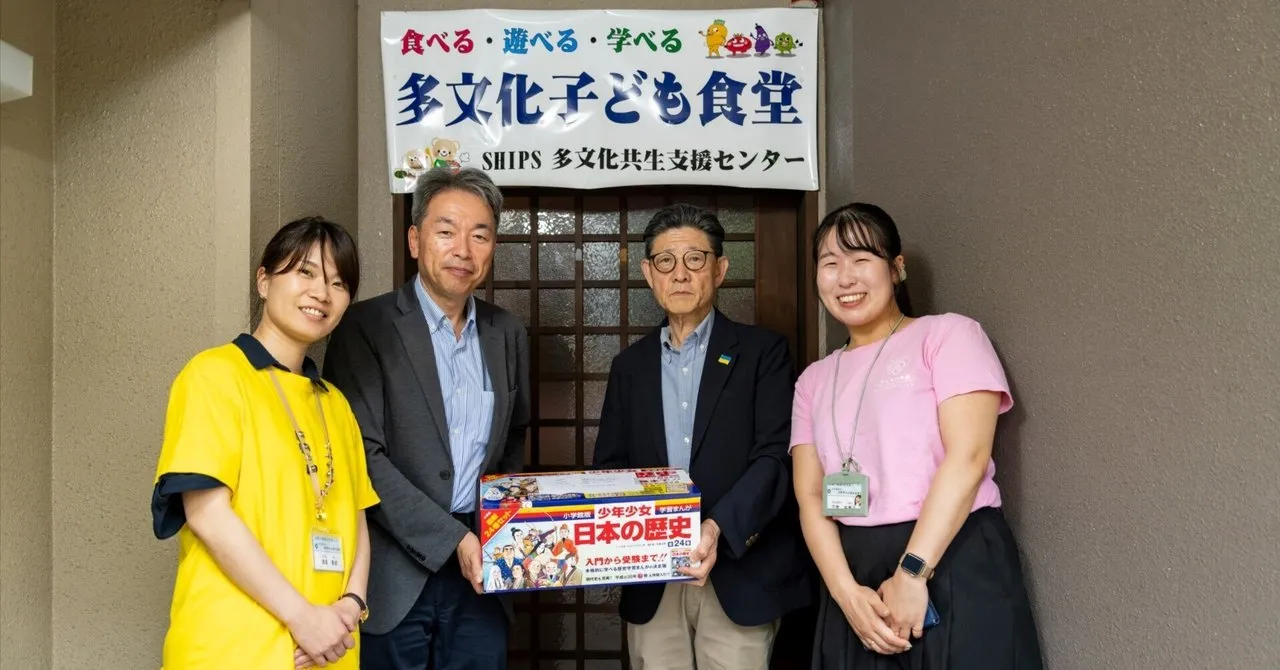
Nippon Electric Glass (NEG) has long worked on various community contribution activities. Recently, NEG has begun offering support for kodomo shokudo (children’s cafeterias) as one of the community building activities focused on children. The company agreed with the “Children’s Smiles Project,” which is jointly promoted by the Shiga Prefectural Government and the Shiga Prefectural Council of Social Welfare (the Prefectural Council) in response to growing concern about erosion of community bonds with the onset of the COVID-19 pandemic. This article reports on the current status of children’s cafeterias and considers challenges based on interviews with people involved.
Children’s cafeterias increasing, based on “eating together” instead of “eating alone”
In 2012, the owner of a produce store in Ota-ku, Tokyo, started to serve meals to local children at affordable prices at the store. This is considered the origin of children’s
cafeterias, which have spread across Japan. The number now exceeds 9,000, which is equivalent to the number of public junior high schools in Japan.
This is attributed to a growing number of children who cannot have meals with their families because of various household situations, including poverty, abuse, neglect, and an increase in dual-income and single-parent households. Children’s cafeterias are also open to adults as well, serving as community spaces for interaction of people of different generations.
Children’s cafeterias have spread, offering welcoming places to have meals with different people instead of eating alone. Today, they are visited by more than 10 million children annually.
The Shiga Prefectural Government deploys the “Children’s Smiles Project” (the Project),*1 which is led by the Prefectural Council, through public-private collaboration to expand the circle of support. The goal is to have at least one children’s cafeteria in each elementary school district that is within walking distance for children. As of the end of July 2024, there are 215 Omi Children’s Cafeterias for Playing and Learning (Omi Children’s Cafeterias) in the prefecture, creating places where children feel valued and secure in their communities through having warm meals, studying, and playing together.
-
“Children’s Smiles Project”
This Project aims to create a support group for promoting community building focused on children. It creates diverse spaces through various initiatives and helps create a community that brings smiles to children’s faces so that children facing different challenges can feel truly happy.
Cooperation from local residents and private companies essential for operation

According to members of the Prefectural Council, about 70% of children’s cafeterias are run by non-statutory bodies, including volunteer groups, as well as groups related to local organizations, such as community development councils and neighborhood associations. There are also many volunteer groups established for children’s cafeterias. Most cafeterias are open once a month. Some are open during the daytime on weekends to ensure safe participation by children alone, while others are open during long recesses when school lunch is unavailable. More children’s cafeterias are now open during the daytime on weekdays for children who refuse to go to school. The number of users varies from around 10 to over 200.
As the need for children’s cafeterias continues to grow, there are several challenges in continuing their operation. Specifically, it is difficult to gain understanding and cooperation from schools and residents and to reach out to the households who need the cafeterias in some areas. Some organizations face the difficulty of securing for staff, managing risks related to meals and injury, and arranging a venue. Thus, the Prefectural Council established Children’s Cafeterias Network SHIGA*2 to facilitate interaction among children’s cafeterias, disseminate information, and ensure collaboration across different areas through training sessions and social events while respecting the independence of respective cafeterias. The prefectural councils of social welfare in respective cities and towns also serve as pacers to support establishment and operation.
The operating cost, which is most important in continuing children’s cafeterias, is covered by donations from companies, organizations, and individuals through the project, subsidies for the operating cost from local governments and prefectural councils of social welfare of respective cities and towns, and grants, participation fees, and collaboration fees solicited by private organizations. Ongoing operation requires cooperation from local residents and private companies.
-
Children’s Cafeterias Network SHIGA
The network was established for further development and enhancement of Omi Children’s Cafeterias. It encourages friendly competition to improve the safety, security, and quality of cafeterias through mutual interaction, information dissemination, enhancement, and collaboration across different areas while respecting autonomy and independence.
Donating Omi rice and books to children’s cafeterias every year
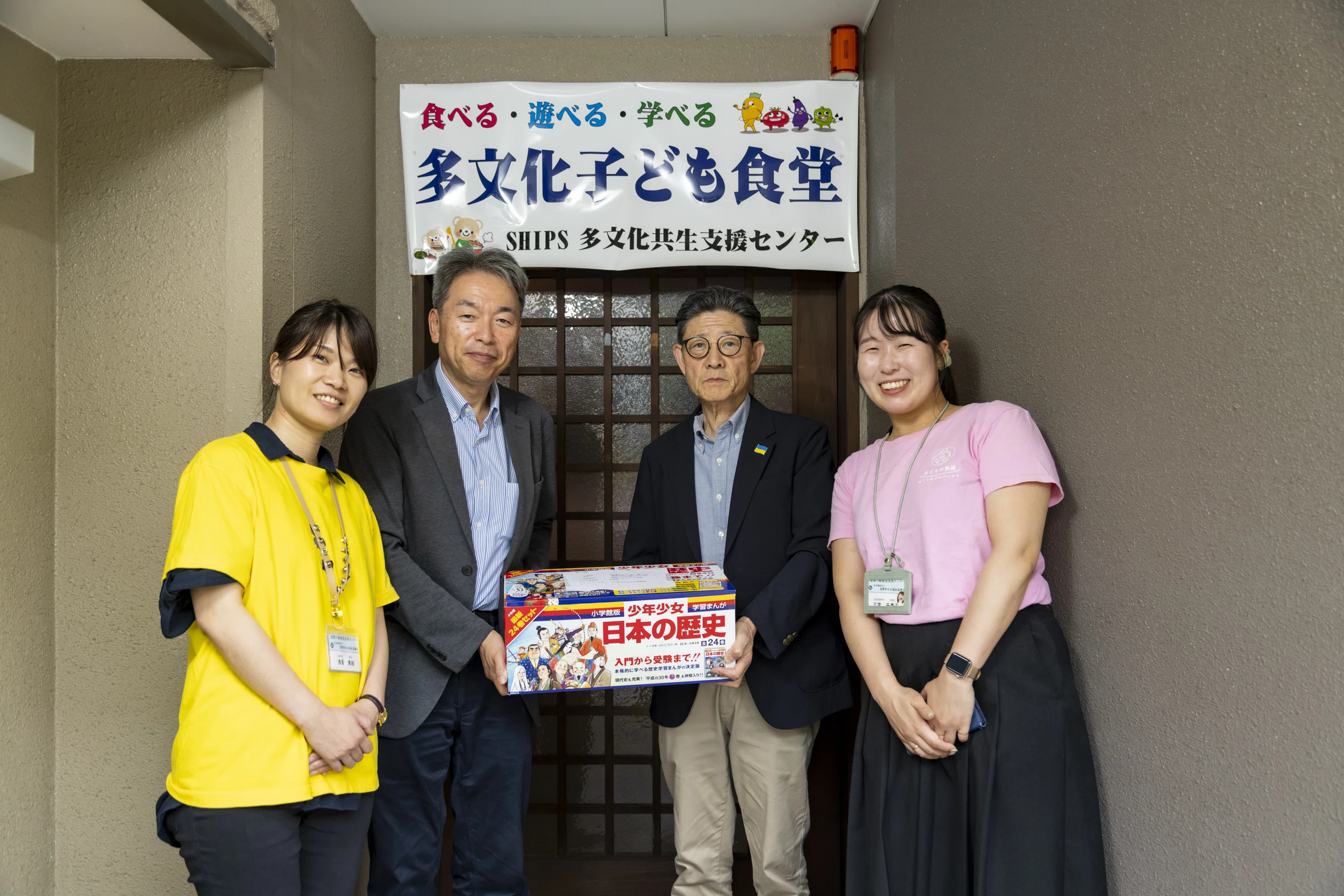
NEG started to support children’s cafeterias in the prefecture in 2021. Every year, it donates one ton of Omi rice and 10 sets of books to children’s cafeterias through the Prefectural Council. We attended the donation ceremony at the Multicultural Children’s Cafeteria (Tabunka Kodomo Shokudo), one of the recipients of books this fiscal year, in Kusatsu City and interviewed Representative Kikukawa.
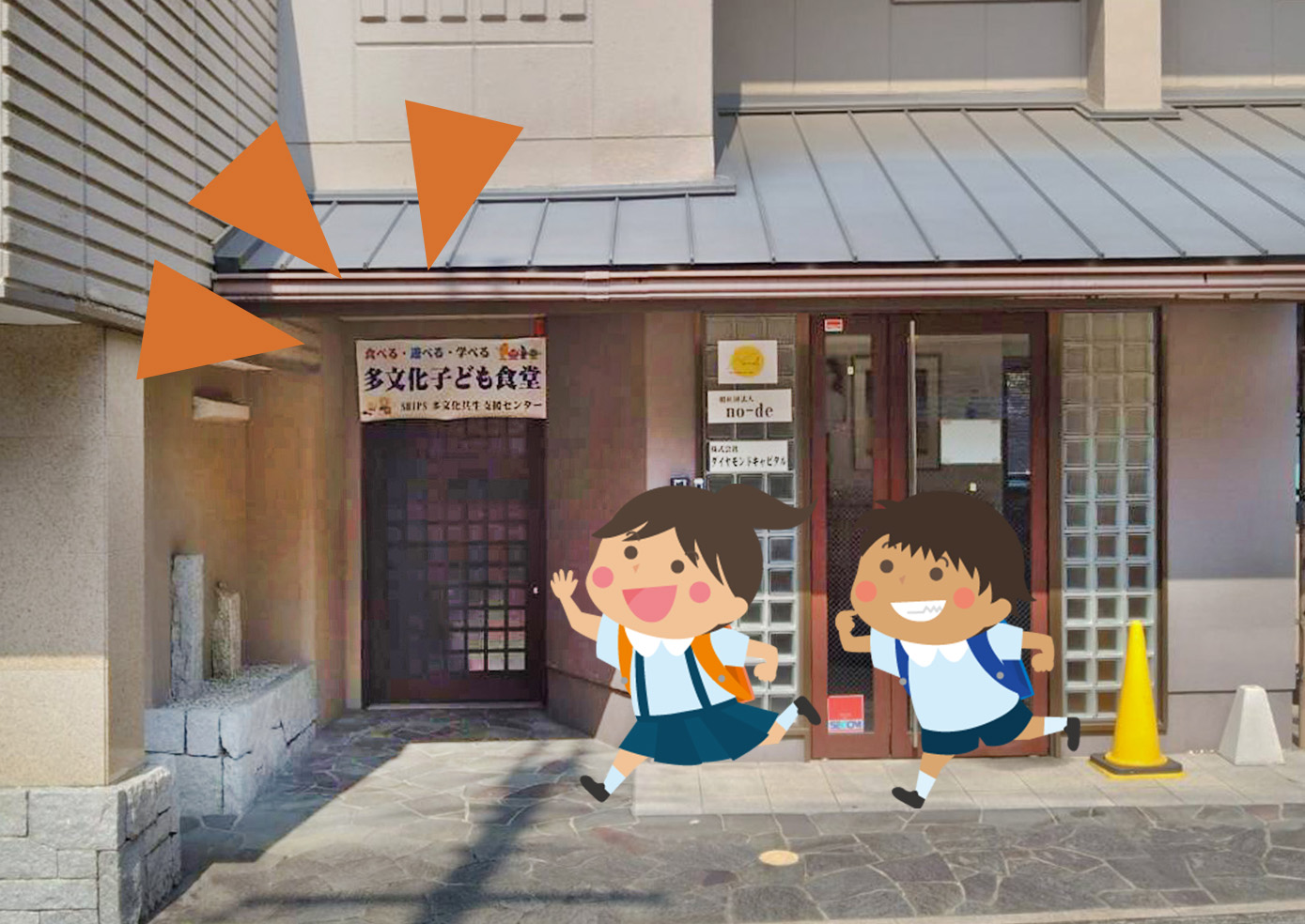
The Multicultural Children’s Cafeteria was launched in July 2016 as the 26th children’s cafeteria in the prefecture. The venue used to be a facility that provided consultation services for foreigners, such as Japanese-Brazilians and Vietnamese, living in Shiga Prefecture. It serves as a relaxing community space for anyone, including foreigners, Japanese, adults, children, elderly people, and people with disabilities. The Boss’s Special Curry cooked by Representative Kikukawa is popular. The participation fee is 300 yen for adults and 100 yen for junior high school students and younger individuals.
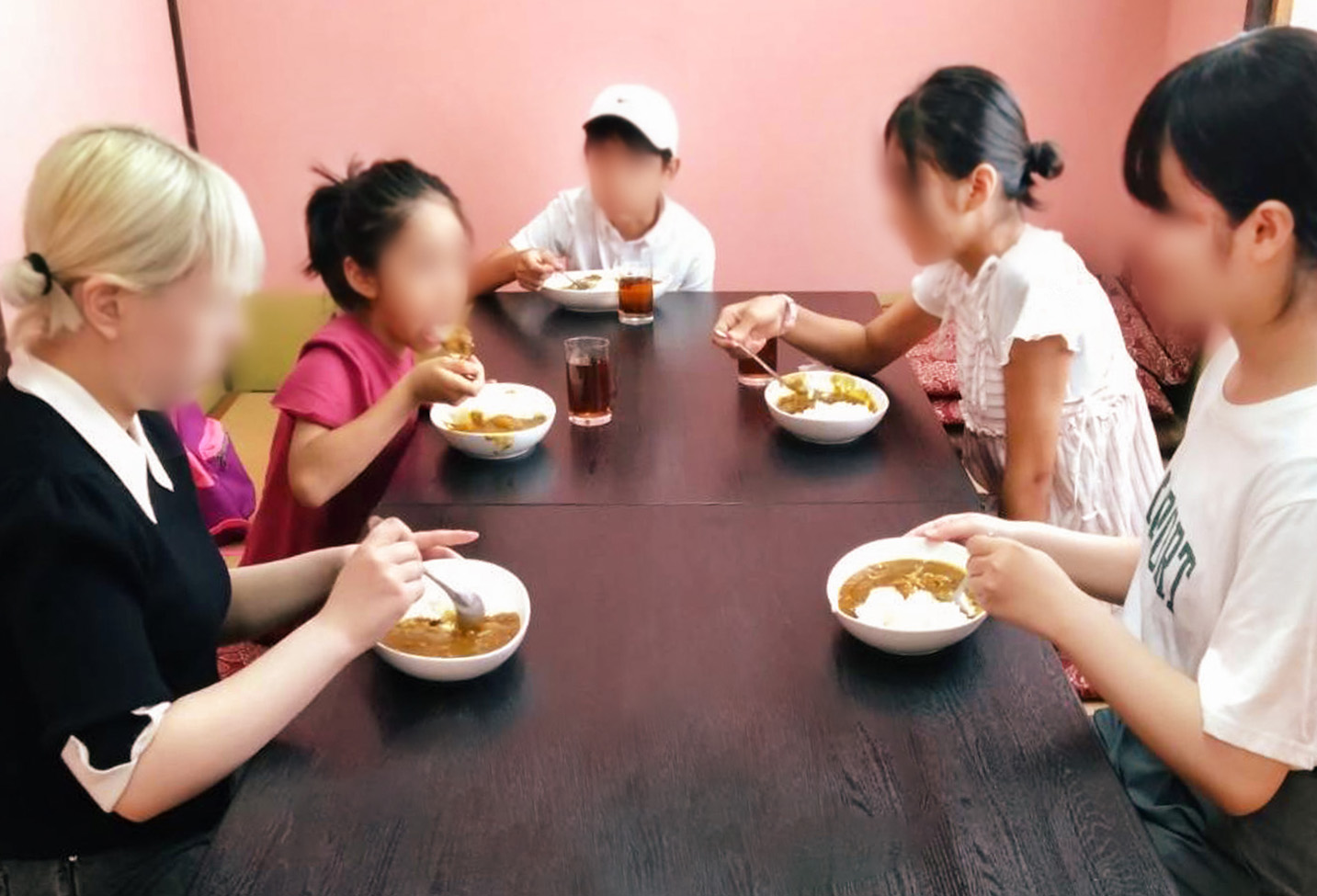
“At first, it was difficult to gain understanding from people around us. We were able to publicize our activities quickly thanks to an offer from the principal of a local elementary school to cooperate in disseminating leaflets of our cafeteria. We also took part in local festivals and served our cafeteria’s curry, leading to gradual acceptance by the community,” said Representative Kikukawa. Initially, the cafeteria was open only once a month, during the daytime on the fourth Saturday. At present, it is open every Saturday with children’s needs in mind and in response to requests for a weekly opening. NPO members and university students are requested to volunteer as helpers when there is a staff shortage. Learning support started last October. It has become possible to teach foreign national children.

“Thankfully, we started to attract attention from companies and individuals and to receive an increasing number of offers of support. This fiscal year, we received a donation of books from NEG, to which we are deeply grateful. We launched the children’s cafeteria to give back to the community. We are delighted to hear words of gratitude from the parents of users and see grown-up children come to help us.”
Representative Kikukawa said that he faced difficulties at first. However, the Multicultural Children’s Cafeteria was gradually accepted due to steady and active efforts. It is a relaxation space for children and is indispensable for the community.
Exhibiting unique special glass at the Children’s Cafeterias Festival
The Prefectural Council hosts the annual Children’s Cafeterias Festival as part of the project in an effort to publicize the presence and significance of children’s cafeterias and facilitate interaction among children, adults, children’s cafeterias, companies, and other organizations.
For community building focused on children
NEG has participated in the annual event since 2021. It exhibits unique special glass to provide diverse experiences in the Play and Experience Space. Exhibits include chemically strengthened glass, which does not break even when a steel ball is dropped on it, ultra-thin glass, which is used to experience bending, a tiara fabricated using jewelry glass, and Invisible Glass™. These items are expected to help children learn that glass is a truly unique material that is used for various applications in society and to inspire children to learn. The Children’s Cafeterias Festival held last July was vibrant with about 350 participants.
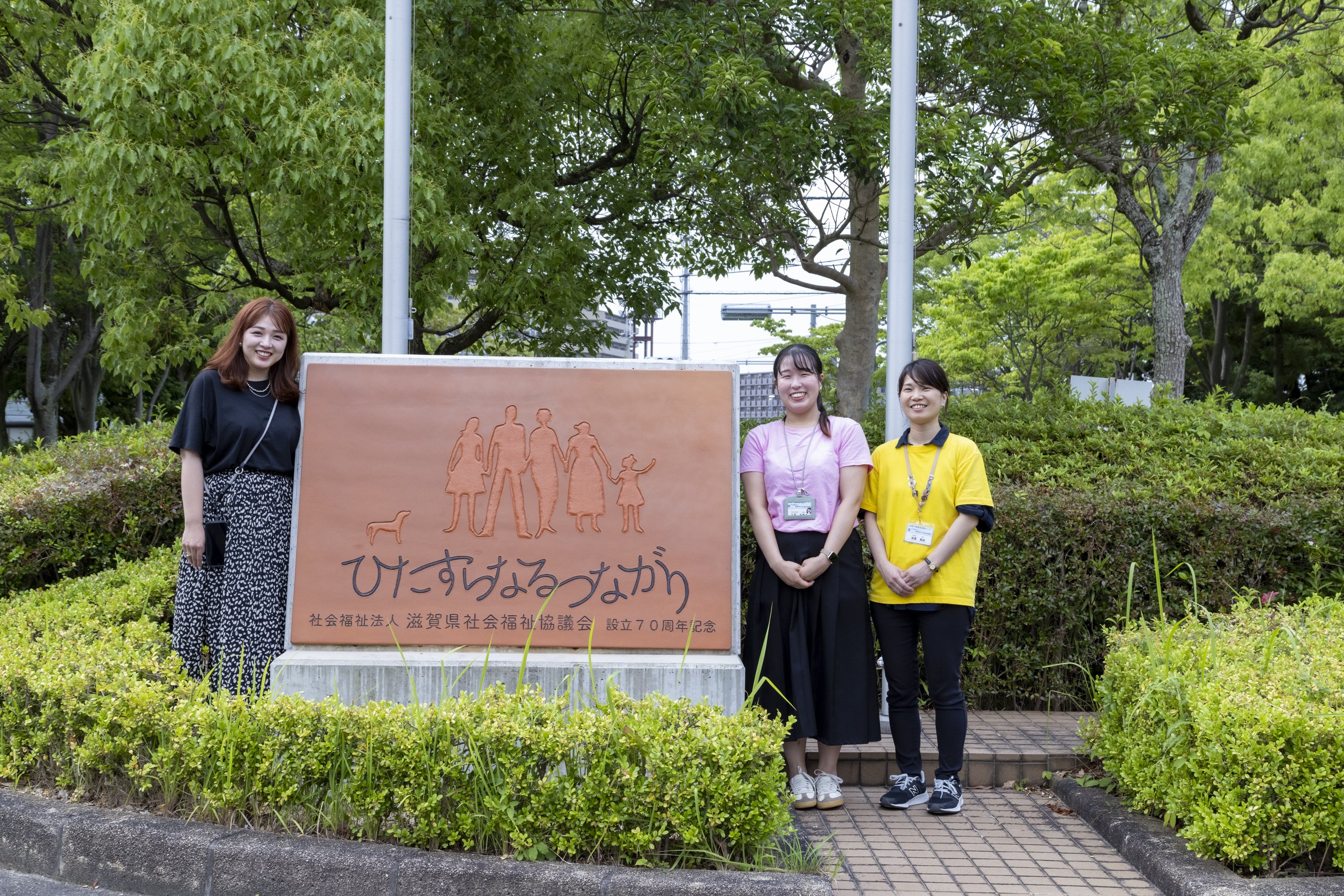
“NEG’s exhibition booth was highly popular. Children seemed to enjoy it. The Children’s Cafeterias Festival provides an opportunity to publicize local companies. Participants of the event, including employees of respective companies, are encouraged to visit children’s cafeterias in their communities. I hope that the event gives such an incentive. We will continue to actively publicize activities, including those of children’s cafeterias,” said Chief Sannomiya.
Director Kuwano said that adults in communities should learn about the roles of children’s cafeterias to promote community building focused on children. “I want them to know that their communities have such spaces and dedicated people and to provide support in any way they can. We regard NEG as a collaborator in developing human resources for social welfare. I expect NEG to continue its activities as long as possible to expand the circle of support.”
“Communities that are friendly to children are friendly and comfortable for everyone. Social welfare is the process to design and create the well-being of each individual in daily life. All aspects of daily living are linked with social welfare. Exploring well-being for all people helps determine actions that should be taken by each individual,” said Specialized Consultant Asaka with commitment at the end of the interview.
NEG will maintain communication with the Shiga Prefectural Government and the Prefectural Council and work on more effective activities together to create a bright future for children.
